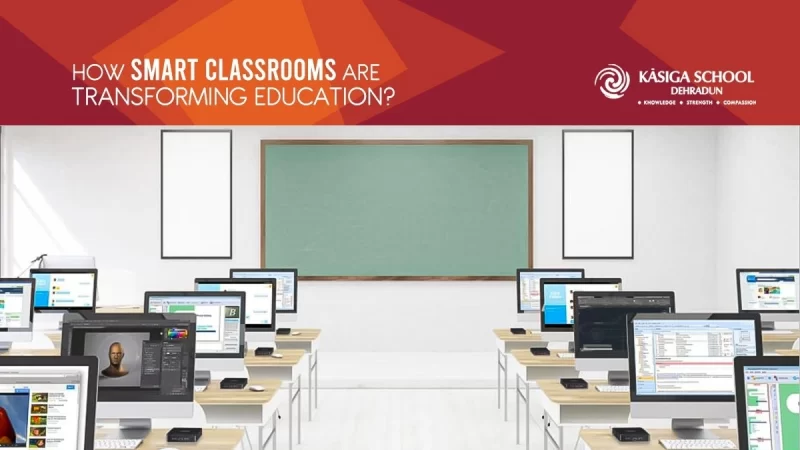Over the last few years, technology has changed our lives in many ways and classrooms are no exception.
Teaching and learning using blackboards, white chalk, books, notes and dusters is a thing of the past. Today, traditional classrooms are being transformed into smart classrooms to make teaching and learning better and more effective for both students and teachers.
But how exactly do these smart classrooms change the way education is delivered?
Well, continue reading to find out!
5 Ways Smart Classrooms Transform Education
Offer an Interactive Learning Experience
According to studies, using smart technology in schools and classes has boosted student engagement by up to 55%.
You could believe that technology distracts students but in truth, it motivates each kid to participate actively in the classroom.
Using digital devices such as laptops, tablets and speakers in smart classrooms transforms typically boring subject classes into exciting and open discussions for students.
Allow Flexibility in Instruction and Learning
Every child is unique and does not learn in the same manner or at the same rate as others.
For example, while some pupils quickly absorb things, others require repetition. Because of this, it can be difficult for teachers to modify their lesson plans in a typical classroom so that each student’s requirements are met.
Smart classrooms, on the other hand, enable teachers to tailor their lectures to each student’s unique learning skills. They may test several strategies to find which one works best for each child, while children can study at their own speed.
Provide Easy Access to Online Resources
One of the greatest advantages of smart classrooms is that they contain digital display boards and projectors that are linked to computers and the Internet thus providing a wealth of information.
In fact, for those who want to push themselves academically, there are a number of free internet tools available to raise their knowledge and creativity.
Furthermore, teachers can use pre-recorded films from the internet to realistically illustrate concepts.
Increases Collaboration
It has been noticed that integrating interactive technology such as smartboards in the classroom increases peer cooperation and student engagement.
There are several occasions when kids want assistance from their classmates or professors. In such cases, technologically competent pupils can help their less experienced friends.
Other than this, smart classroom technology allows students to interact without having to create notes on their work. Instead, students might construct shared digital collections of their research and studies.
Increases Productivity
Smart educational resources in the classroom engage students by showing multimedia, music, video and animated graphics, resulting in a better grasp of subjects
Not only does it help teachers achieve high academic achievement but also helps pupils learn things more quickly
Furthermore, students may immediately access study material, while teachers can keep calendars online to stay organized, resulting in increased productivity for all parties.
Final Thoughts
In the end, the importance of smart classrooms extends beyond simply technological breakthroughs
They transform the learning environment, resulting in regions with enhanced involvement, streamlined administrative processes, encouraged cooperation, abundant resources and tailored teaching
Smart classrooms pave the way for a future education solution in which learning is more than just a procedure but a customized and collaborative voyage of discovery

